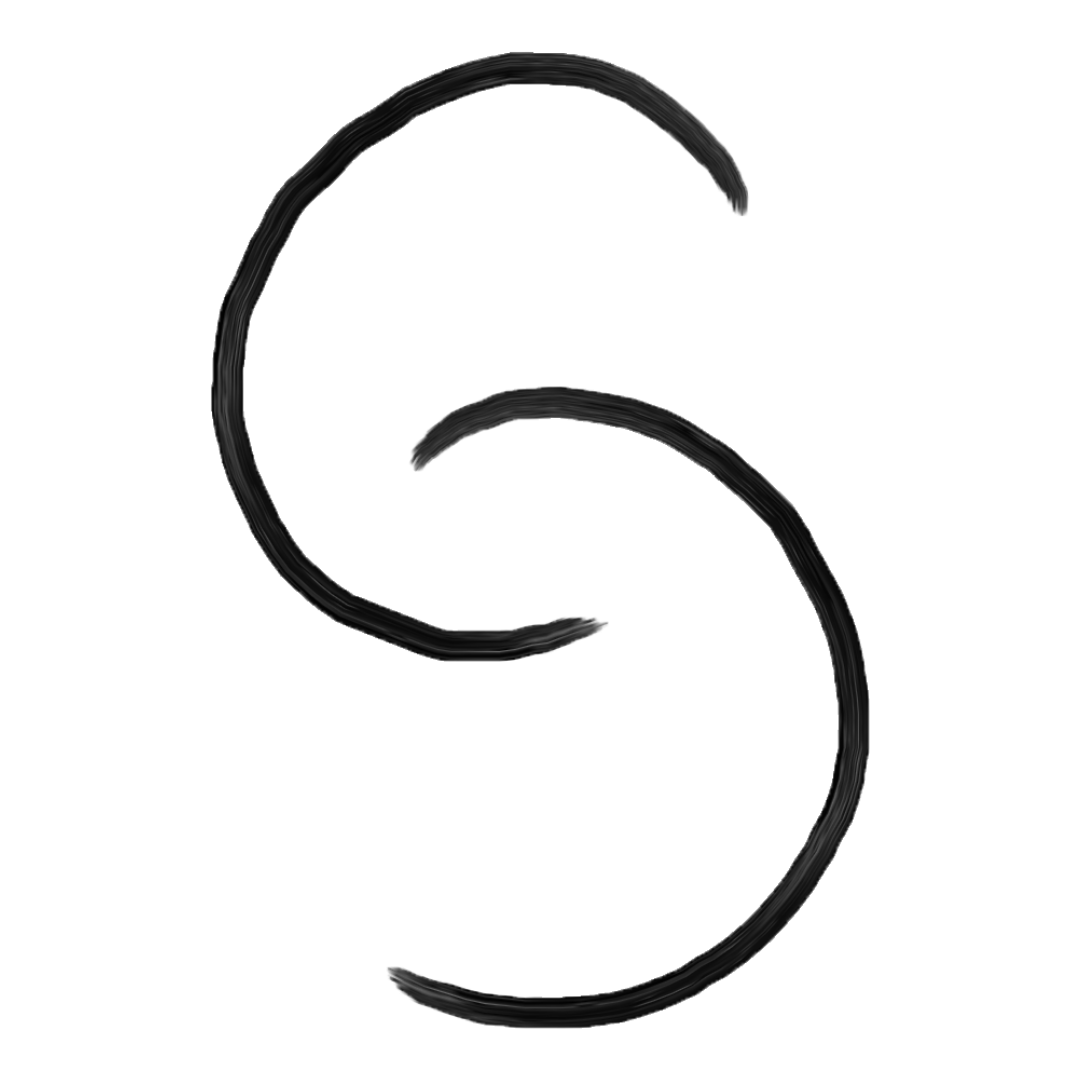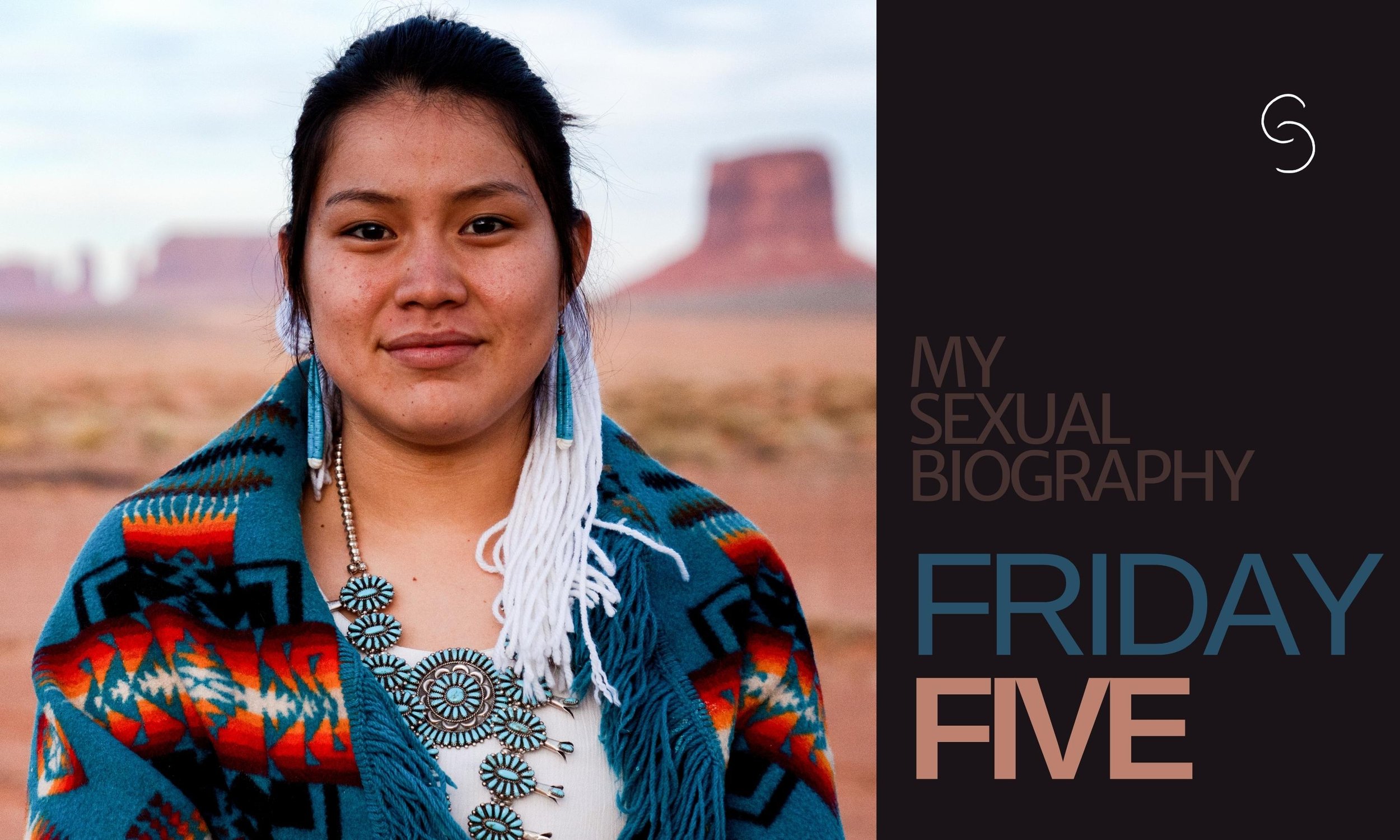Friday Five: Happy Native American Heritage Day
This weekly newsletter is meant to empower your sexual education, exploration, reclamation, wellness and healing. Outside of sexually-related content, we also hope to use this platform to share worldly knowledge about current and cultural happenings that could contribute to your personal peace and growth.
Take 5 minutes for 5 ways to honor our Native ancestors on this day.
Learn the Land
Around the world, societies are remembering that we are all living on previously occupied and often unjustly persecuted indigenous people’s land. You can visit this interactive global map to see what tribes lived in your country.
2. Connect with Natives
Many activists are bringing awareness to the plight of their people and sharing ancestral wisdom on social media. Follow them to be an active participant in widening your cultural perspective.
Vanessa, Australian Indigenous Advocate for Human Rights
Allen, Lakota Tribe Queer Activist
Hāwane, Hawai’inuiākea Tribe Educator and Artist
3. Decolonize History
The oppression of Native tribes is largely overlooked in many history books, so here are some key facts from the GoodGoodGood “Ways To Celebrate Native American Heritage Month” article:
According to the Department of the Interior, approximately 1,500 American Indian and Alaska Native missing persons have been reported to the National Crime Information Center in the U.S. An estimated 2,700 murder cases have also been reported.
Starting with the Indian Civilization Act of 1819, the U.S. government, in partnership primarily with churches and private organizations, established boarding schools with the stated goal of “civilizing” Native Americans, Alaska Natives, and Native Hawaiians—often carried out through torture and abuse. An Interior Department report found more than 500 Native children died over 150 years in Indigenous boarding schools, but Native Nations scholars estimate the figure is closer to 40,000 children.
According to the Department of Health and Human Services’ latest report, Native American adults had higher rates of serious suicidal thoughts and were more likely to make a suicide plan in the past year compared to other racial or ethnic groups.
4. Spread Positivity!
According to Mongabay news, earlier this year, a “532-acre redwood forest along California’s north coast was returned to Sinkyone tribes and has been renamed Tc’ih-Léh-Dûñ.”
Deb Haaland was the first Native American woman to serve as a cabinet secretary, and she’s working to “improve the protection of and access to Indigenous sacred sites” through the Memorandum of Understanding initiative.
5. Appreciate Art by Indigenous People
Owera was born in Brazil and creates music to spread the native language and awareness about the need to protect the Amazon forest and tribes.
Lukas Avendaño is a queer artist who is working with the Mexican government to share native poetry and political theatre performance.
𝐋𝐄𝐇𝐔𝐀𝐔𝐀𝐊𝐄𝐀 is a Hawaiin traditional textile maker. Watch this video to see how she is reviving the almost forgotten process of creating beautiful kapa cloth.

